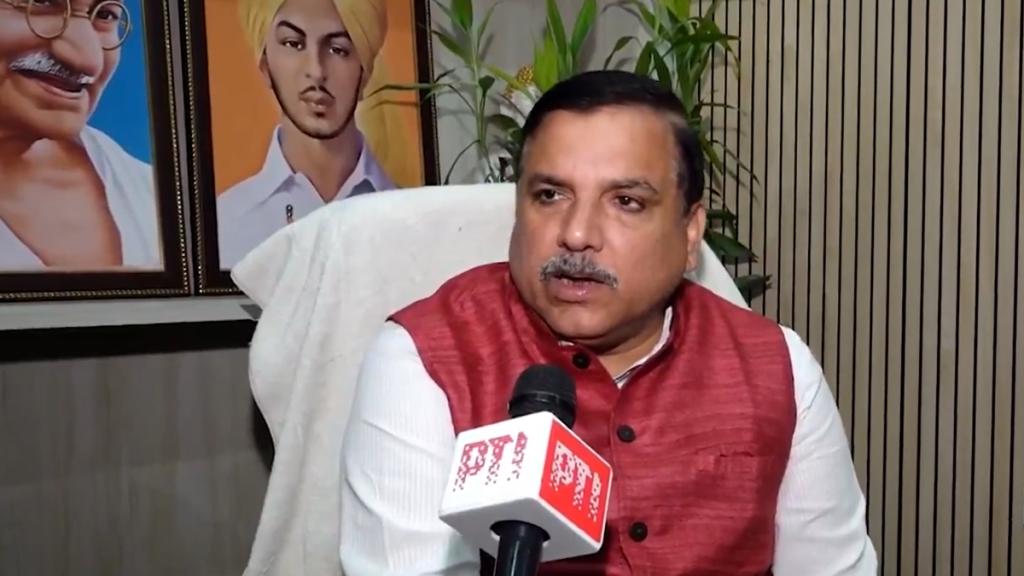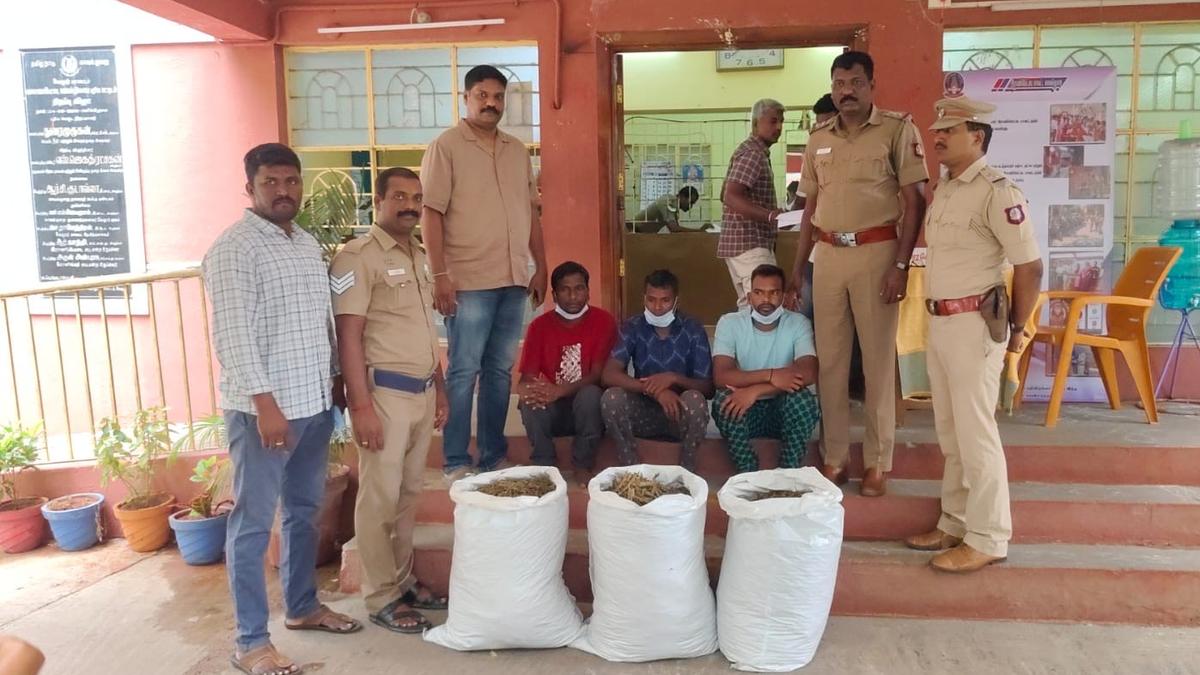Now Reading: Ungaludan Stalin vs. AMMA Schemes: Similarities Draw Attention, Differences Matter
-
01
Ungaludan Stalin vs. AMMA Schemes: Similarities Draw Attention, Differences Matter
Ungaludan Stalin vs. AMMA Schemes: Similarities Draw Attention, Differences Matter
Swift Summary
- Teh DMK government in Tamil Nadu has launched the Ungaludan Stalin Scheme (USS), aimed at delivering government services to citizens’ doorstep through special camps.
- The principal Opposition party, AIADMK, has criticized the scheme, claiming it closely resembles the AMMA scheme introduced during Jayalalithaa’s term. they allege the DMK is merely rebranding their initiatives.
- Both schemes share a similar objective of grievance redress and enrollment in welfare programs, but differ in scope:
– AMMA focused only on rural areas; USS encompasses both urban and rural locations.
– USS plans to hold 10,000 camps across Tamil Nadu until November 2025-3,768 camps are scheduled for urban areas and 6,232 for rural areas.
- Salem district leads with planned camps (432), followed by Chennai (400) and Tiruvallur (389).
- Additional Chief Secretary P. Amudha stated that USS builds on previous programs like Makkaludan Mudhalvar and includes door-to-door outreach efforts.
- Another outreach initiative called Ungalai Thedi Ungal Ooril will resume after completion of USS activities.
- Online systems for service delivery face challenges due to illiteracy and incomplete applications lacking supporting documents.
Indian Opinion Analysis
The launch of the Ungaludan Stalin Scheme highlights an ongoing competitive narrative between political parties over welfare policies aimed at connecting directly with citizens. Both DMK’s initiative and its predecessor under AIADMK reflect a shared emphasis on grassroots access to government services-a model tailored to Tamil Nadu’s socio-economic diversity.
While expanding coverage into urban areas may be viewed as progressive by addressing service gaps there, accusations of rebranding indicate unresolved political tension regarding originality versus continuity in governance priorities. Having planned extensive outreach through physical camps despite increasing digitization hints at persistent issues such as digital literacy gaps among vulnerable populations.
This effort could strengthen social inclusion if effectively implemented but must overcome logistical challenges associated with catering large-scale initiatives across diverse demographics within set timelines. Future assessment of its impact will depend on tangible outcomes like grievance resolution rates or newly enrolled beneficiaries under schemes such as Kalaignar magalir Urimai thogai.

























